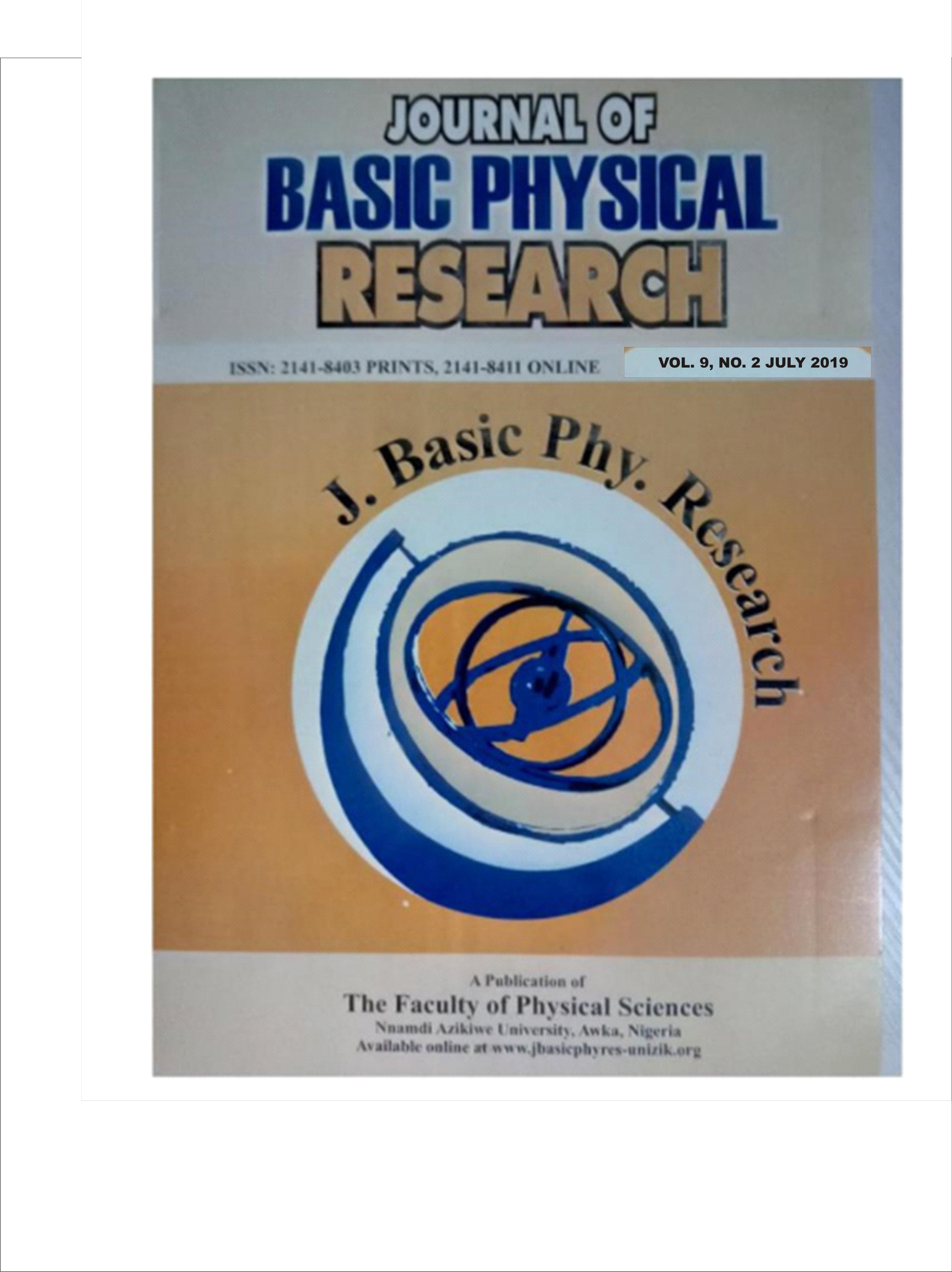SHALLOW 2D SEISMIC REFRACTION TOMOGRAPHY (SRT) INVESTIGATION AROUND URUAGU-NNEWI GULLY SITE, ANAMBRA STATE, SOUTH-EASTERN NIGERIA
Keywords:
seismic, tomography, refracting interface, clayey, undulations,Abstract
Shallow surface geophysical survey using two-dimensional Seismic Refraction Tomography (2DSRT) survey has been conducted at the vicinity of a gully erosion site located at Uruagu Nnewi in Anambra State, Southeastern Nigeria. Uruagu Nnewi is located in Anambra basin and lies within latitudes 06°01.122????? and 06°01.145????? and, longitudes 006°54.690????? and 006°54.683?????. The 2DSRT survey was aimed at delineating the near surface lithological formations and seismic refraction interface topography at the gully site. Seven survey lines were laid parallel to straight roads surrounding the gully site for the investigation. Three of the survey lines were oriented NS which are perpendicular direction whereas the other four were oriented EW which are parallel to the strike of the gully. With the aid of a 24 channel Seismograph namely ES3000, p-wave velocity data were registered in SEG-2 format. Geophone spacing along the survey lines were limited to 2 m and 3 m to give total of 48 m and 52 m profile lengths owing the built-up nature of the environment. Data obtained were processed using Seisimager/2DTM to obtain a 2D p-wave velocity tomography models. Interpretation results of the model tomograms showed that the p-wave velocity range in the range of 300 to 670 ms-1 encompasses the ranges for sand and sandy clay predominantly. Results also showed that refraction interface topography delineated at the gully site is predominantly characterized by undulating refractors and landslide slip surfaces at shallow depths. It is therefore inferred based on the interpreted lithology, that the gully’s vicinity is relatively weak being clayey. The rugged topography of the refraction interfaces suggests that differential settlement and runoff during erosion which probably is causative to formation of the active gully in Uruagu Nnewi Nigeria.


